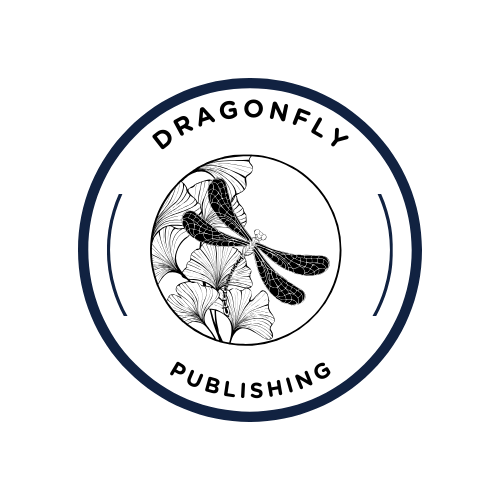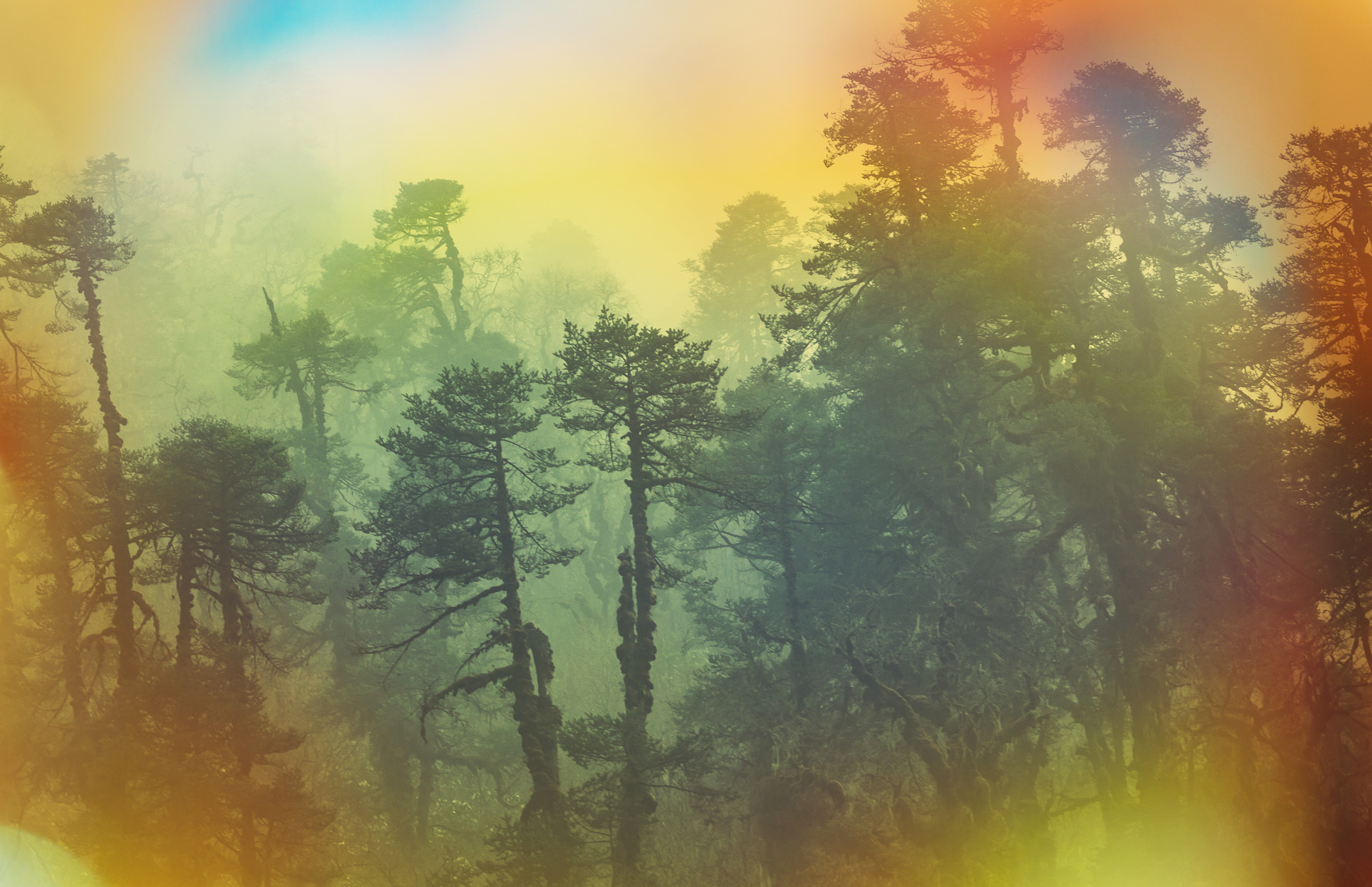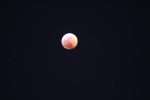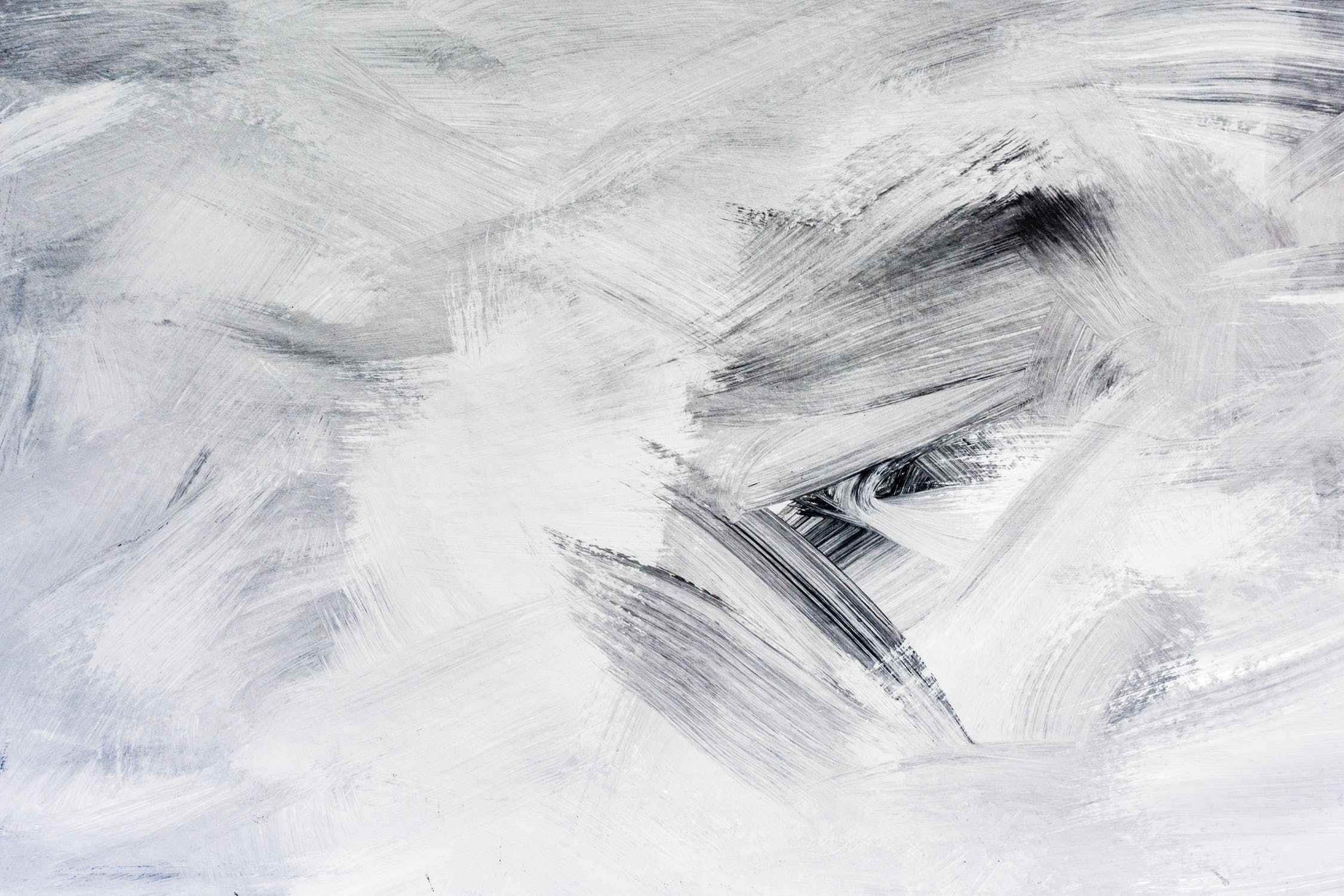Some say the world will end in fire,
Some say in ice.
From what I’ve tasted of desire
I hold with those who favor fire.
But if it had to perish twice,
I think I know enough of hate
To say that for destruction ice
Is also great
And would suffice.
-Robert Frost (“Fire and Ice”)
You were born in the long summer; you’ve never known anything else. But now winter is truly coming. In the winter, we must protect ourselves, look after one another.
-Lord Eddard Stark to his daughter Arya (A Game of Thrones)
One thing I like about early literature, even some modern literature, is that natural elements are at the core of the story and, even if human relationships are explored within the story, they are dependent upon nature and weather and exposure to the harsh elements. Such connection with the wild is also prudent and essential if you admire being out on the trail. But today’s post is about reading and imagination more than running (though the formation of these ideas takes place all the time when running and hiking).
On Saturday night we went to the city to see A Game of Thrones concert, which featured the show’s musical composer, Ramin Djawadi, and his cast and a local orchestra. Big screens showed memorable scenes from the series, and in the background were wonderful singers and the orchestra playing songs from the movie. It struck me, not for the first time, how melodramatic music can be–how emotional and capable of displaying heartfelt moments at the very core of the human experience. My favorite part of the concert was a guy playing a didgeridoo, storming across the stage. Part of the horn was flexible, so it swung around, warping the deep, booming sound over and over. The video below is the same concert, but performed a few years ago in Denver.
I hadn’t finished watching season six yet, so started again last night (with just four episodes to go), and am now on a re-read of the books, The Song of Ice and Fire, trying to refresh my memory of story details, especially the weirwood trees, the Children of the Forest, and the Old Gods–my favorite parts. There is, central to the story, the iconic theme of the growth of civilization and human expansion, which in turn tends to tame and destroy nature. George RR Martin says his books are not about good versus evil but character redemption and change.
Having been a big fan of fantasy stories from age one, or earlier, whenever my mother began reading me fables and fairy tales, there is something very deep and nascent inside that connects with these stories and exudes outward to my complete reverence of nature. So I am more in tune to some of the characters that live very close to the elements in Martin’s books, such as the Starks, who, living in the great north in the Castle of Winterfell, make up one of the oldest, if not the oldest, families in the seven kingdoms, and they face a harsh life due to their lives being shaped by natural elements. Some still, at least secretly, worship the Old Gods of the Forest, or the spirits of nature–rather than the Faith of the Seven (a single god with seven faces), which is the religion that came afterward and is associated with conquering the First Men and the slaughtering of the Children of the Forest.
This destruction of nature, whether overtly intentional from the author George RR Martin, is strong in the books. As an aside, three years ago, I saw a lot of articles about climate change in fiction latching on to A Game of Thrones as an example about such fiction (probably in order to gain attention; I think it was disingenuous of modern journalism, considering so many contemporary novels actually do tackle climate change and say so but were not pictured). In Nerdalicious, George RR Martin even stated:
Like Tolkien I do not write allegory, at least not intentionally. Obviously you live in the world and you’re affected by the world around you, so some things sink in on some level, but, if I really wanted to write about climate change in the 21st century I’d write a novel about climate change in the 21st century.
Nevertheless, in the books, climate and all natural elements are powerful forces, evoking the essence of the Old Gods of the Forests, whose faces the Children of the Forest (humanoids) carved into the beautiful weirwood (or heart) trees as shrines–which were almost all cut down by those following the Faith of the Seven.
In Martin’s books, a few humans can have magical powers, making them closer to nature. Greenseers, like Bran Stark, are powerful seers of the future and past. Wargs are those with the ability to enter animal minds and perceive the world through their senses. Some can also change skin (skinchangers).
These kinds of old nature children and god creatures are so ancient and were nearly completely conquered and stomped out. The new ideologies from the books parallel our own history, where respecting the wild is often seen as radical, uncool, “hippie-like”, and so on, and those who have been close to things in nature have been prosecuted (both in fiction and reality)–whereas newer religions have squelched older ones, and of these newer religions, many have gone far from their core and seem to have become fantastically warped to some other new anti-nature or anti-environmental (pro-business) religions. (I just read this article about Lance Wallnau over the weekend–pretty scary, huh?) It is similar to the same kind of new religions that took over any ancient practices of respecting nature and calling those who “worshipped” it witches or heathens, and even murdering them for such “sins”. Note: I am not at all interested in any newer resurrections (i.e. Wicca) of the old nature gods and goddesses. Lore and mythology in literature are about as far as I go with appreciating ancient and pre-religious ideas.
These thoughts circle my rationality like hawks. I am a “witch” (because I attended the Woman’s March) according to Lance Wallnau, and thank goodness there aren’t laws to order us to be condemned or massacred. However, half a million people follow this guy on Facebook, and he is a strong believer in the current president of the United States. Makes you wonder.

For those of us who want to experience the ancient worlds, the only places that take us there are in literature and other artistic media. Fantasy novels are one way; visual experiences like A Game of Thrones are another. Old prose, like Snorri Sturluson’s Prose Edda is another. Also are song, dance, theatre, and other art. There are also video games, which give the most immediate and hands-on experience. In fact, Leaf reminds me very much of a druid’s appearance in the game Rift. I just watched Leaf last night in the scene where Bran and Meera escape the cave. Leaf had a skill using a fireball, to try to keep a lot of wights (raised by the leader of the White Walkers) at bay. I could see this in a modern video game.
The White Walkers seem to be a concept inspired by Irish mythology. George R.R. Martin, in A Game of Thrones: The Graphic Novel, Volume 1, said that they:
…are strange, beautiful… think, oh… the Sidhe made of ice, something like that… a different sort of life… inhuman, elegant, dangerous.
Some of the scenes in the show were filmed in Northern Ireland, as well, and appear familiar and sacred. It’s neat to view the ancient through the lens of modern places that actually have old histories in their modern memories, like Ireland. In fact, being in Ireland, and my memory of it, makes the connection to the old ways seem palpable still, especially given the out-of-way places we visited there, where not another soul was in sight and where ruins were overgrown with wildflowers and hidden by trees and weeds. The green country definitely lent itself to a wild imagination of old myths. The White Walkers were also humanoid (far different appearance than the Children of the Forest) and could resurrect the dead (which became known as wights). However, the White Walkers were not dead. They were magical hominoids made of an icy like substance. They came from the Land of Always Winter, so the famous theme “Winter is Coming” may refer to weather or magical creatures, or both (or, of course, something else).
I really like immersing myself into this other-world that Martin created. But there is our modern world, where authors and artists are also completely entrenched in the idea that the world will end in our lifetimes, by fire or ice–or if they do not believe it, they create a space where it could or does happen. And, given the modern fears of climate change disasters happening to us (they are already), this is and has been a trope in fiction for as long as we’ve known about global warming. When we think of natural places in our modern world, however, all we see is disappearance and endangerment. Sure, the natural places exist, but not in such great and pure amounts as they did before us–us, meaning before populations increased due to agricultural settlements and later industrialization. Literature that explores, explains, presents, respects, and defends the wild is something I wrap myself in; it creates a barrier against the reality of today’s natural extinctions. Against modern society’s strange paths and politics. At the same time, I am not completely pessimistic, and I eye the beauty and experience of living around our remaining nature as a positive in all of life’s experiences. Speaking of that, after work we are hiking to a waterfall on the Coquitlam River. To get there involves a super muddy trail!
The featured image is from A Game of Thrones Wikipedia. The scene is from one of Bran’s visions.







